
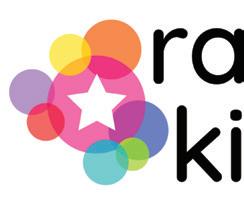







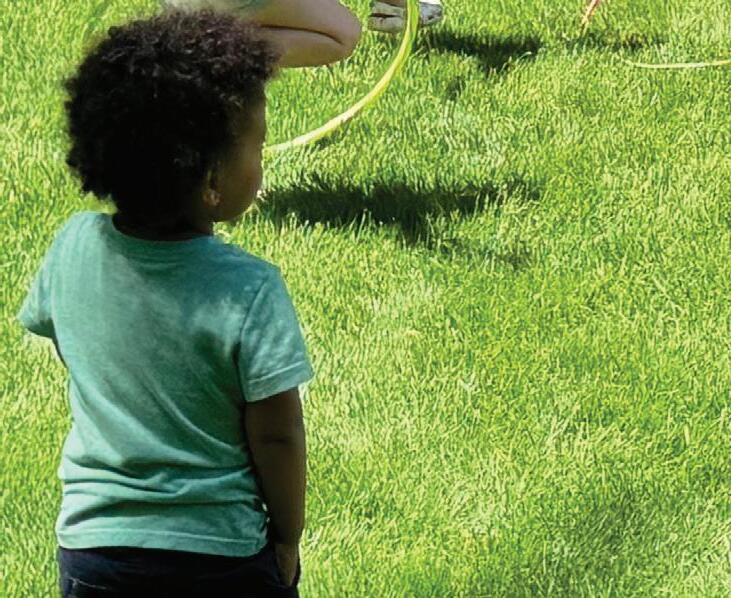



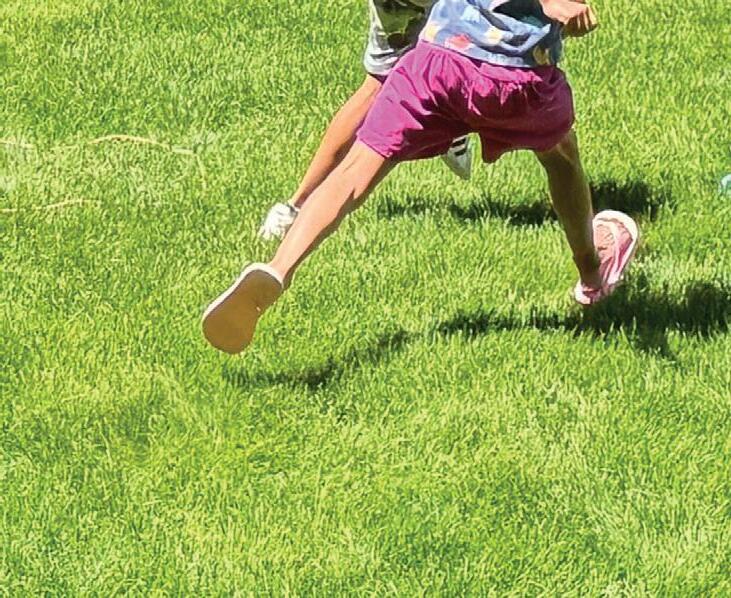



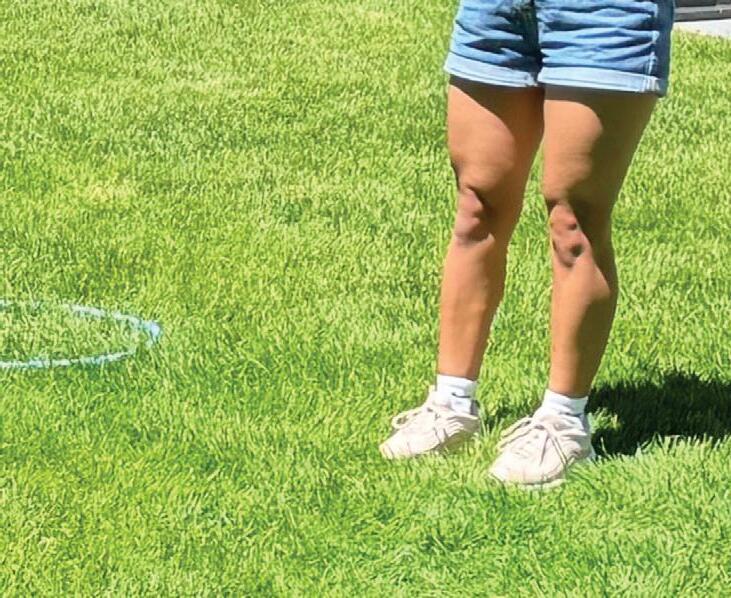


Copyright © 2024 Rayz Kidz LLC
All rights reserved. Tis book or any portion thereof may not be reproduced or used in any manner whatsoever without the express written permission of the publisher except for the use of brief quotations in a book review.
www.rayzkidz.com
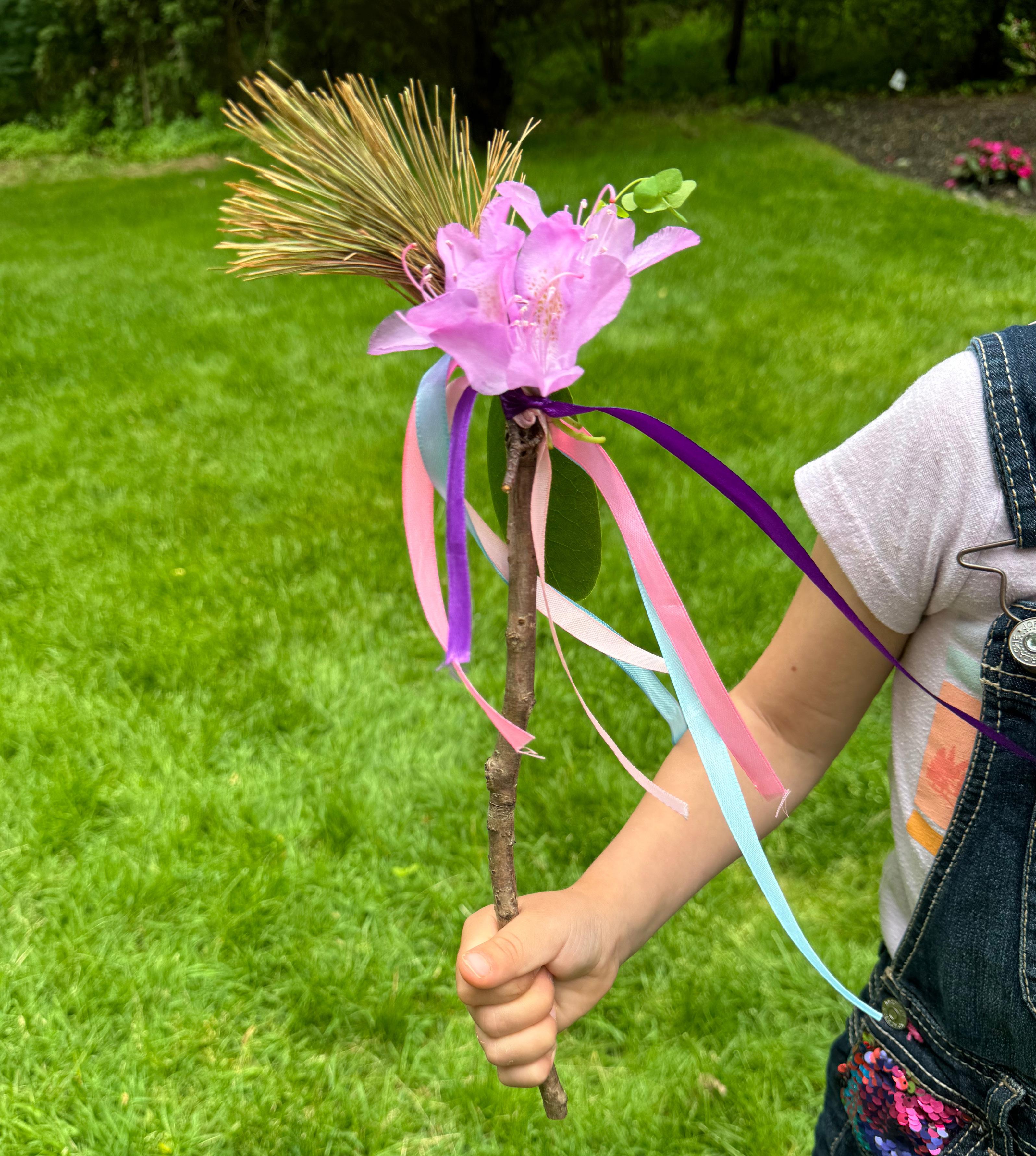
At Rayz Kidz we just love books. We believe that all children’s learning is built upon a base of love and emotional security, and that children’s learning is interconnected, in that children are always learning many skills at once. Te greatest tools for both bonding with children and learning through many modalities at once are books. Books for infants, books for toddlers, books at all ages! Children love to hear the rhythm and soothing sounds of a loving voice reading them a story as they look at the pictures, hear rich vocabulary in the languages they are learning, and gain insight into the way the world works. We encourage you to keep books around your learning environment, in baskets, bookshelves, and wherever children might have easy access. Books are a great problem solving tool and can be used in so many diferent ways. For example, we can teach children early on that they can read a book while they are waiting, turn to books for ideas to resolve confict, and seek books to fnd more information on a certain topic.
We highly recommend celebrating when children have a favorite book that they want to return to over and over again. One thing we love to do is validate children’s interests by creating play invitations that relate to a favorite story. Tis unit is a bit diferent from the other units in our curriculum, but we think that books are an important foundation for all learning, which is why we include it frst. We hope you will use this unit throughout your entire year, as you spread out the books and concepts and relate them to other things you might be studying with children. So here, we include play prompts inspired by some of our favorite books, to show how you can celebrate books in many diferent ways. Book-inspired play prompts are a wonderful way to bring a story to life and invite children to act out scenes, create art, move their bodies, and even engage in experiments that allow us to refect on how books help us learn about life, nature, art, and more
1. Books are tools that show us diferent ways to approach emotional problem solving. Tey teach us how to express our emotions, comfort others, and fnd solutions to life’s challenges.
2. Books teach us about the world around us, and we can look to books for inspiration and information on almost any topic! In this unit, we will be exploring books about emotions, animals, nature, and specifcally the books of Eric Carle.
3. Books allow us to bond and connect with others through storytelling, expression, games, movement, and more. We invite you to think through your daily routines and refect on where you can add more books!
Tere are many children’s books that people return to over and over again. Indeed, some of the classic books on our list have been favorite books of children around the world for decades! Tey might have a great rhythm or chant that children love to join in on, or magical illustrations that capture their imagination. Some classical books are silly and nonsensical, and others tap into an innate need for love and care that all children have. Some parents might feel shy to read to their children, and turning to classical stories is a wonderful place to start! You can use this sub-unit as a way to advocate for literacy in the household and for developing a lifelong love of books.
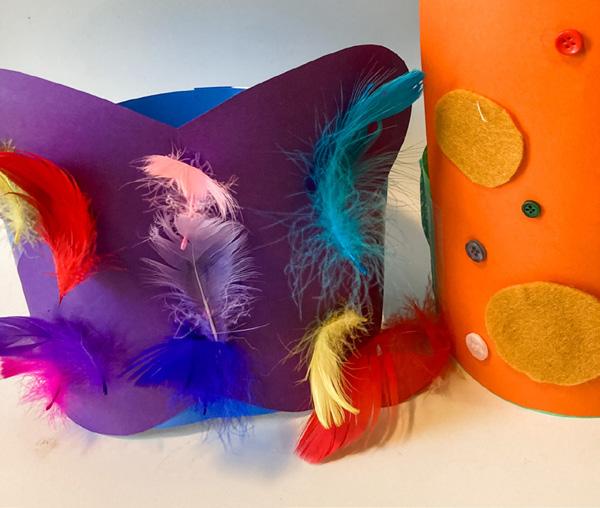
Fairy tales are famous around the world, and children have enjoyed them for hundreds of years. Fairy tales exist in cultures around the world, and they are ofen passed on from generation to generation to explore the world of magic. Trough studying fairy tales, children can start to discern what is possible and not possible and enjoy the creative possibilities of our imaginations. Another great thing about fairy tales is that there are many publications of them, and you might explore fairy tales with alternate endings or with a specifc cultural connection to the children with whom you are working. We love exploring fairy tales through our fves senses and dramatic play. Note, while some fairy tales can be a bit gruesome and more appropriate for older children, we have selected some of our favorite child-friendly fairy tales that you can explore.
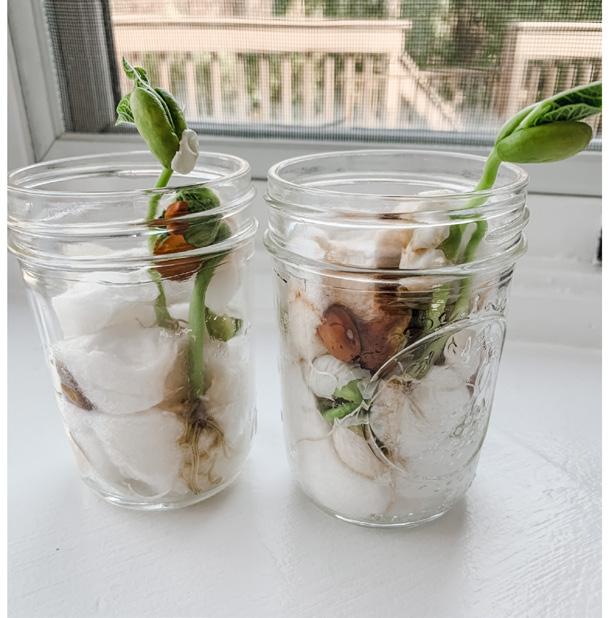
Nursery Rhymes are fun and can be quite silly, and the rhyme and rhythm makes them easy to learn and remember, and people ofen pass down nursery rhymes for multiple generations. We love to work with children and nursery rhymes because we love chanting and singing with children. It helps to build a sense of community, and shyer children who are still developing language might feel more confdent when they can chant along with a group. In this sub-unit, we encourage you to explore the characters and concepts related to some of our favorite nursery rhymes, for the simple fact that it is fun!
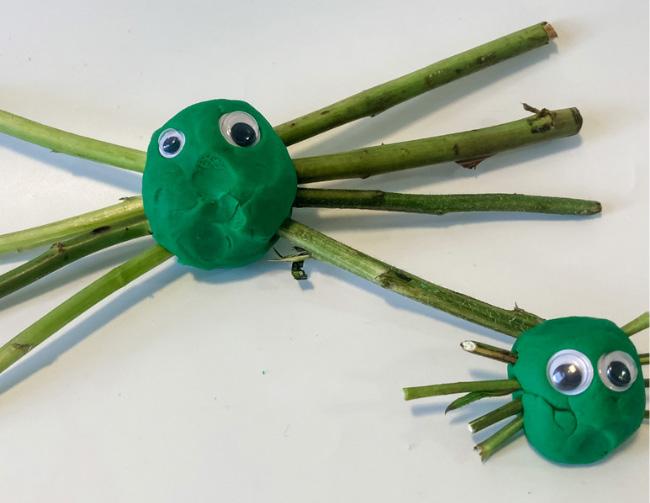
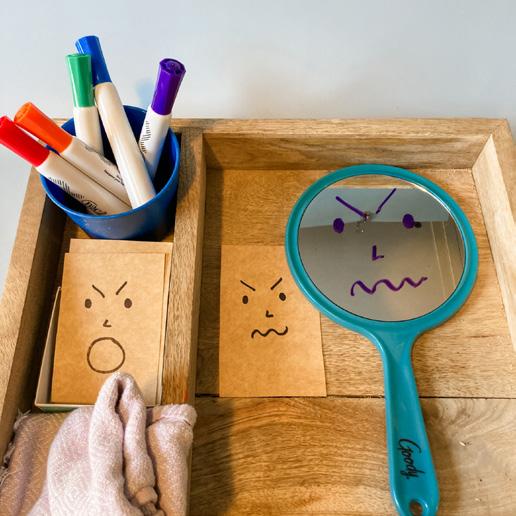
Books are a great way to learn about our many colorful emotions. Emotions are an important part of our lives as human beings, as they help us understand the world, our interactions with others, how to be kind, and how to express when we feel uncomfortable or unsafe. All of the emotions of young children are valid, as they ofen go through many waves of understanding their own emotions and the emotions of others. Sometimes it can be hard to know how to navigate children’s emotions, such as when a child is having a tantrum or is expressing anger. Indeed, they might have a valid reason for being angry, but they are still in the process of learning self-regulation techniques and the language to ask for what they need. Tat is where books come in! Books teach us, through their simple language, narrative, and images, how we can solve problems that relate to our big emotions. By reading books about emotions, children can learn that their emotions are valid and a common experience, and they also learn the problem solving techniques that accompany the emotions. We encourage you to use this sub-unit throughout the year.
We love the books of Eric Carle, and many educators around the world do too. Perhaps it’s the illustrations, perhaps it’s the beautiful language and narrative, or perhaps the connection to the natural world, but Eric Carle’s books are a favorite of children as well. Troughout this subunit, we will be exploring some of the themes associated with some of his most beloved books. For example, you can either spread this out over time and supplement it with other activities, like those in our Insects unit. Or you can use this sub-unit as a guide for hosting your own Eric Carle Celebration. You might invite families to join you and create and read together. Either way, we hope you will enjoy the activities associated with these wonderful books.
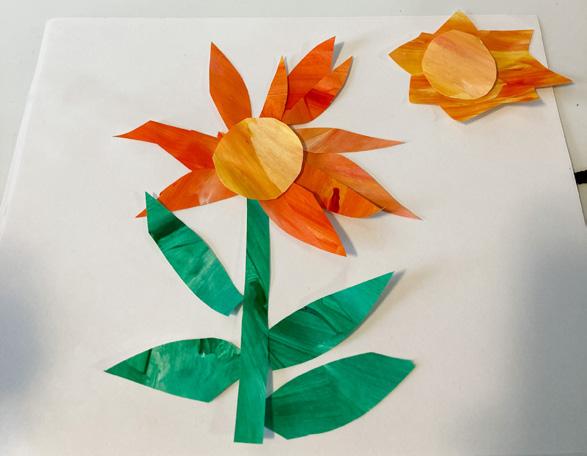
Art • Prep Time: 10 minutes

SMALL GROUP GROUP



Vocabulary Shapes Independence
“Caps for Sale” by Esphyr Slobodkina is a fun classic book published in 1940 about a man who walks around shouting “Caps for Sale!” as he balances the stack of caps on his head. Ten, a group of monkeys steals his caps! Oh no! Read the story to fnd out how he gets them back, and in the meantime, let’s make our own caps to sell.
Materials:
• Construction paper
• Glue
• Buttons
• Tape
Optional:
• Colorful feathers
• Fabric squares
• Pom poms
1. Gather together construction paper, glue, tape, and decorative supplies. We chose feathers, buttons, fabric scraps, and pom poms, but truly anything is possible. In fact, the crazier, the better!
2. To make the base of your caps, cut long strips of paper if you have extralong paper, or create your own if you only have regular construction paper. To do so, we folded a piece of construction paper in half, cut it, and then connected it with tape to make one long piece of paper.
3. Add a front to your hat, of any shape. For one hat, we taped on an orange square, and for the other we taped on a purple butterfy. What we don’t want is for caregivers to have to do a ton of cutting and preparation, so invite children to cut their own shapes or stick with a simple shape and invite children to show their creativity with the decorations.
4. Ten, of course, invite children to decorate their hats!
Wear your hats while you read Caps for Sale, have a dance party, or while you go on a neighborhood walk and keep a look out for monkeys!
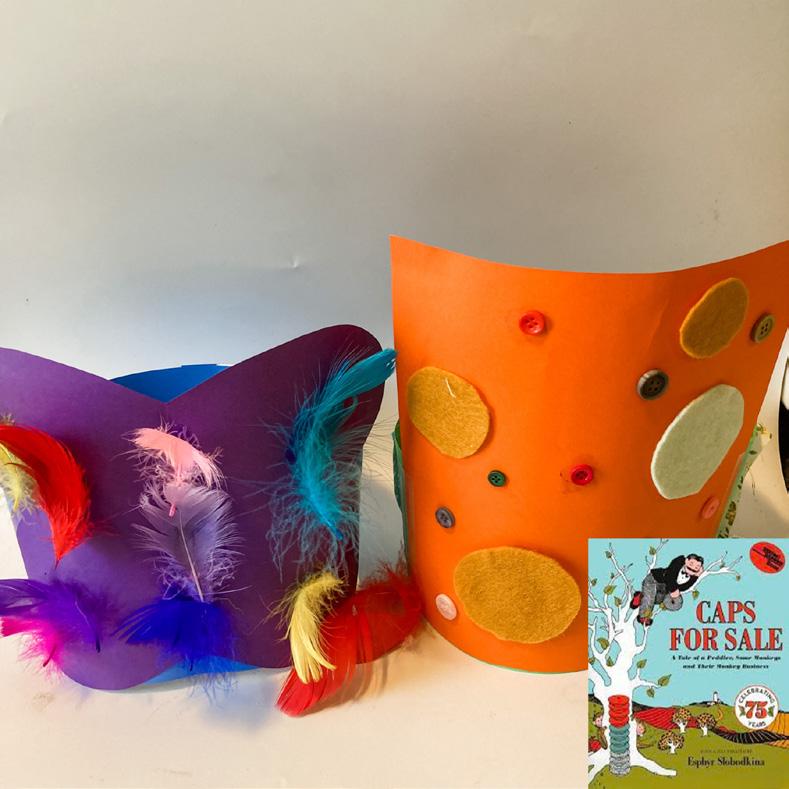


For young children who are still developing language, a chant is a great way to build their ability to pronounce specifc words and to take part in the reading of a book. Invite children to chant “Caps for sale!” as you read the book together or as you wear your hats around the house and yard.

We love open-ended art and decorative costumes, not only as a way to bring a story to life, but also as a way for children to show their individual personalities, preferences, and fair! Each child’s hat will be truly their own, and that is something to celebrate. Tere is no “right” way to make a crazy hat, so invite children to take their time, get creative, and help you to brainstorm about what you can use to decorate your hats.

If working to teach shapes, you can use this as a way to incorporate shapes into your hat designs. Maybe children want a hat that is pointy or one that is round. What shape would we need to do that? If working with preschool aged children, add a step to this activity by including large items of diferent shapes that they can trace and cut out to make their hat (e.g. something square, a triangle, a circle).
Pretend Play • Prep Time: 10 minutes




“I do not like green eggs and ham. I do not like them, Sam-I-Am!”... Indeed, green eggs and ham does not sound immediately appealing! But what if like the character in the story, we also found ourselves surprised at liking green eggs and ham?!
Well, my friends, here is a recipe that just might do the trick! We wanted to make naturally green eggs, so we used spinach to make our eggs extra green. Check out the recipe below and enjoy making your next breakfast a silly rhyming one!
Materials:
• Eggs
• Milk
• Butter
• Spinach
Optional:
• Salt
• Parmesan Cheese
Directions:
1. Gather together eggs, spinach, and milk, and butter or olive oil (not pictured). Optional: salt and parmesan cheese—this helps a lot with favor, so we recommend it!
2. In a blender or food processor, pour a quarter cup of milk per 2 eggs. Ten add about 3 cups of fresh spinach. Start blending, and once some of the spinach compacts, add some more!
3. Meanwhile, crack 2 eggs per child into a bowl, and add about a quarter cup (per child) of the green spinach liquid to your eggs. Invite children to whisk the eggs with a whisk or fork.
4. In a saucepan, scramble your eggs on low heat in butter or olive oil. Add parmesan at the end. In the meantime, heat up your version of ham (we chose chicken sausage, but you can be authentic and include ham slices if culturally appropriate).
5. Enjoy your green eggs and ham while you chant from the book!
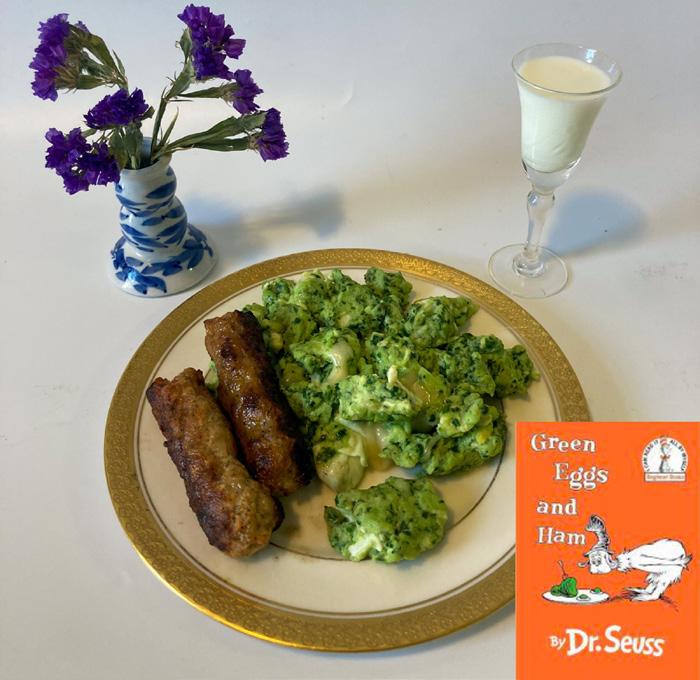

allergens of eggs and dairy.


Tis activity is a great way to dive into the world of Dr. Seuss and bring this children’s class story to life! Can children remember some of the conditions in the book under which they previously would never try green eggs and ham? For example: “I will not eat them in a house, I will not eat them with a mouse.”

One of the morals of this story is that the main character says that he does not like green eggs and ham before he has even tried it! Talk to children about trying new foods. Do our preferences change? Can children think of any foods that they used to dislike but now they love? How do we politely decline food if we have tried it and we know we don’t like it? How do we thank people who have cooked for us?

Rhymes can be difcult to teach, but the great thing about Dr. Seuss books is that there are rhymes in abundance! Pause your story throughout and point to the images on the page and identify the intentional rhymes.
Sensory • Prep Time: 5 minutes
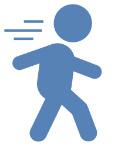



Corduroy is a classic children’s story about a teddy bear that makes his way around a department store in search of the missing button from his overalls.
We love buttons as loose parts that invite children to stack, arrange, string, and sew! Here we play with a button sensory bin—in the photos you will see, buttons that are suitable for children who know not to put small things in their mouths, but if working with toddlers, we invite you to make a similar sensory bin but add an extra layer of safety by using jumbo buttons!
Materials:
• Buttons
• Pipe cleaners
• Tray or sensory bin
Directions:
1. Gather together a sensory bin, pipe cleaners, and buttons of multiple shapes and sizes. Use jumbo buttons if worried about choking.
2. Invite children to string the buttons. If working with older children you can prompt them to string the buttons in ways that might target specifc learning objectives. Here are some examples:
• Search for a specifc color and string them on the corresponding pipe cleaner.
• Line up buttons in order from biggest to smallest.
• Look for all the buttons with just two holes instead of four.
• Pretend like you are sewing a button for Corduroy and string a pipe cleaner through all four holes.
• Search for the special buttons that don’t have a hole but have a loop on the back.
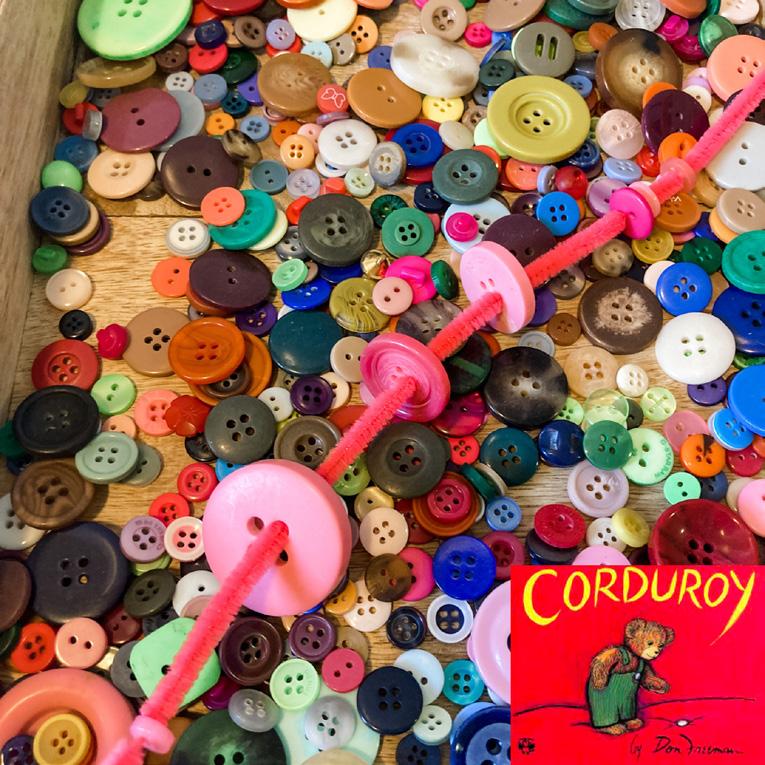


Stringing buttons is a great activity to develop fne motor skills! Funny enough, children will need this fne motor strength to be able to button their own buttons and zip their own zippers, so why not practice with a button sensory bin!

Tis is a great activity to capture the attention of children as they search for their favorite color, pretty buttons, or try to make a string of buttons according to size. Additionally, the sound of the buttons clinking together is pleasant, and children might enjoy the smooth and round feel of buttons. Invite them to pick their favorites or to keep a special button in their pocket to play with outside. We love loose parts!

One specifc skill that children can work on with this activity is subitizing, which is visual math skill that is helpful when sorting. Tis is the ability to recognize a number of items without actually counting them. Here we don’t mean guessing the number of buttons—that would be a lot! However, when children sort through buttons that have 4 holes, 2 holes, and no holes, they might be able to tell just by looking at the buttons and then sort them accordingly, that is subitizing!

SMALL GROUP



Peter Rabbit is one of the most beloved children’s book characters in the tales of Beatrix Potter. In this activity, we invite children to be both the farmer who builds a fence to protect his carrots, and then they get to be naughty Peter Rabbit and steal the carrots! Tis is great for children’s engineering skills and selfregulation, all while they get to bring a classic book to life.
Materials:
• Blocks (wooden or other)
• Baby carrots Problem Solving
1. Gather together a bowl of baby carrots and blocks. We chose wooden blocks because that reminded us of the fence in the story, but you can try this game many diferent ways!
2. Pretend to be the farmer: Place your carrots in the middle and build a fence around them. Be sure to leave some places that hands can ft through.
3. Pretend to be Peter Rabbit: Take turns trying to reach under and through the blocks to get the carrots. Be sure not to knock over any blocks or the farmer might hear you!
To turn this into a competition:
Start with the frst round by making a basic, and “easy” fence, with lots of spaces to reach inside. Take turns and reach for 1 carrot each. Ten, in each round, each person adds a block to the fence and tries to get a carrot again. Each round should get harder as you add more blocks. If you knock over the block, you lose your carrot that round. Play 5 rounds, and at the end, whoever has the most carrots wins!

carefully to be sure they do not put the raw carrots in their mouths.


Tis game is a great way to invite children to think like a farmer and build a good fence for their carrots! Play multiple times to see how children’s fence design evolves to protect the carrots!

As mentioned in the prompt, this game requires lots of opportunities to practice self-regulation— we can think of at least 3 ways, and we invite you to think of others. First, children have to wait their turn as they watch others remove the carrots. Second, children have to control their bodies to carefully remove the carrots. And third, children will need to regulate their emotions when they knock over the blocks. It is part of the game, and we can try, try again!

Games are a great way to introduce counting in a natural way. Take time to count the carrots that you are able to retrieve from the garden or invite children to keep track of how many rounds you can go before knocking over a block!
Movement • Prep Time: 2 minutes




“ Te Little Engine that Could” by Watty Piper is a classic children’s story that reminds us to believe in ourselves and our power, strength, and determination. Tis book is great for many children who are obsessed with transit, and it is also a great excuse to get outside and move our bodies!
Materials:
• Chalk Gross Motor Empowerment Counting
Directions:
1. With chalk, draw train tracks on your favorite stretch of concrete. Invite children to add connections, stations, or other details.
2. Invite children to be the trains!
You can adapt this by adding challenges to invite the train (i.e. the children) to move backward and forward or to make it to the station.
You can additionally add numbers and invite children to count how many spaces they move on the train tracks.
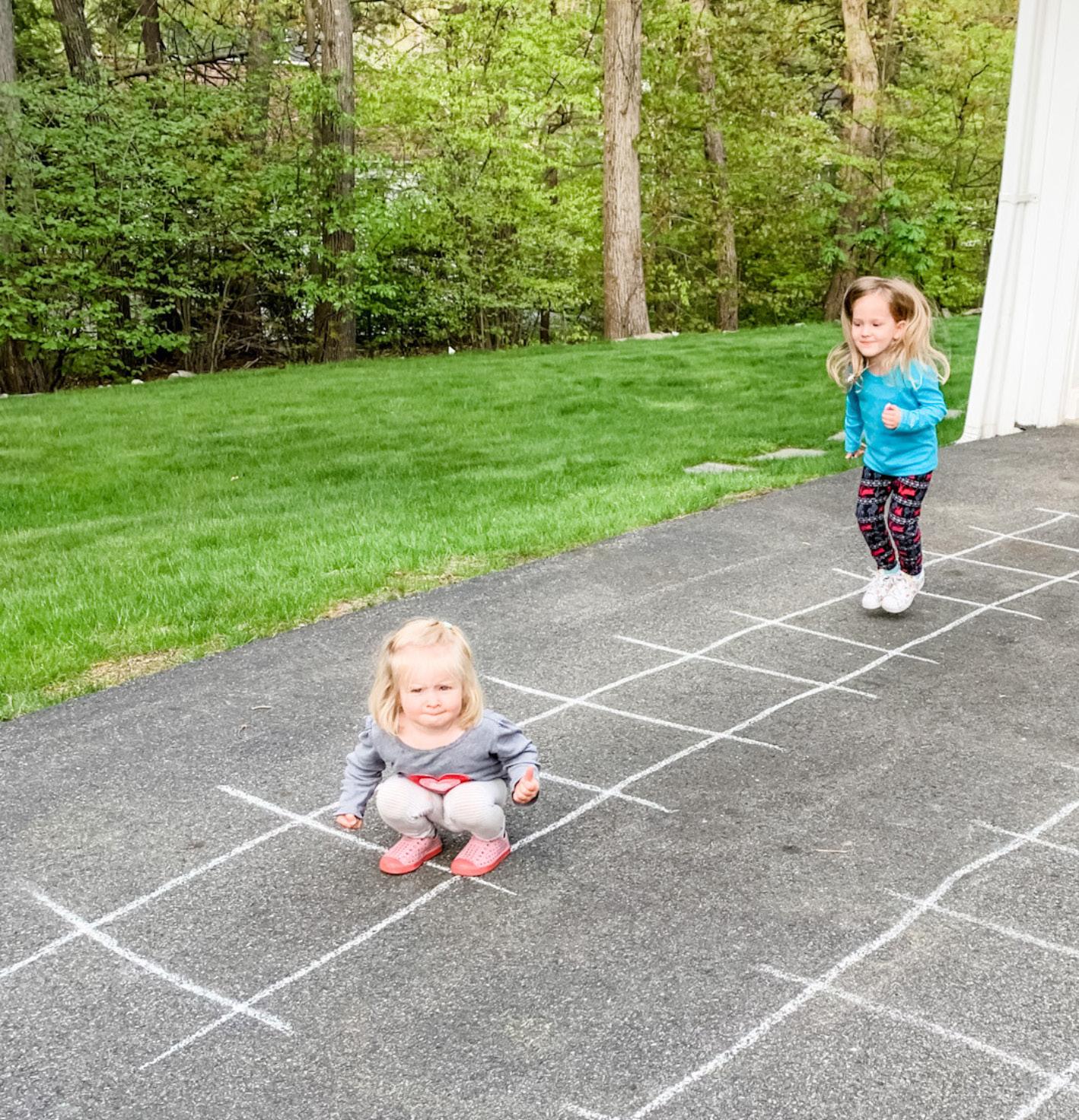

Tis is a great way to explore moving forward, backward, and side to side as children explore all the ways that their bodies can move. Tis allows them to strengthen their ankles and feet as they start, stop, turn, and develop a sense of where their bodies start and stop.

Movement games are empowering because they allow caregivers to include learning objectives in a way that works with children and their desire for movement. To make this even more empowering, give each child a turn to say the commands while you and others follow!

As mentioned in the directions, you can use this train track to play number games outdoors.
Art • Prep Time: 2 minutes




Fairy tales invite us into a world of magic! Stories about magic allow us to refect on our own capabilities and to also think about what kinds of powers are possible if we lived in a realm of magic. Here, we invite you to make magic wands with natural materials to add to your dramatic play area. You can also add homemade paper crowns, capes, and other materials for children to get to play dress up of their favorite fairy tale characters.
Fairy tales exist in cultures around the world, and there is a world of possibilities when thinking about what you would like to read with young learners. We encourage you to search for fairy tales in languages that represent the language and culture of your students! Sometimes with fairy tales, we encourage you also to use discernment, as some might be a little bit scary for very young learners.
Materials:
• Naturally collected materials (sticks, pine needles, fowers)
• Pipe cleaners, yarn or ribbon
Directions:
1. Go outside and gather sticks with children. Talk about what size sticks you may need to make the perfect wand.
2. Arrange pipe cleaners, yarn, ribbon or other materials that children can glue or wrap around their stick. For the end of the wand (the part magic comes out of!), gather together some materials that might stick out. Tis could be craf feathers, foraged materials (like pine needles, or leaves) or fake fowers.

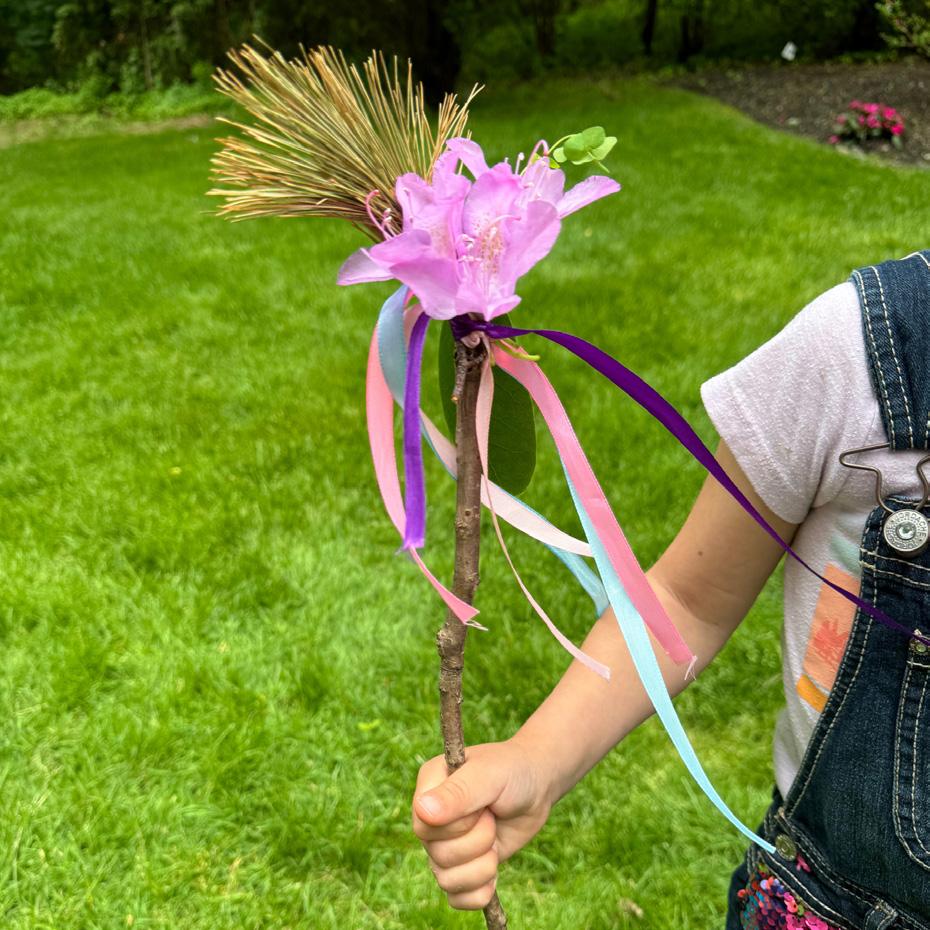

Children love magic! Pretending to be magic is a great way to imagine a world without the confnes of gravity (fying), matter (invisibility), or weight (super-fast!), among other scenarios. In other words, magic is actually a great way for children to demonstrate their knowledge of how the world works, which is a facet of their cognitive abilities!

Wrapping the pipe cleaner around the stick is actually a very difcult fne motor task for children. Embrace the imperfect wrapping and compliment them on their hard work!

Tough it might seem like children “really believe” that magic is real, for the most part, they have a really great understanding of the laws of physics. Observe their play and see how they demonstrate their understanding of what is real and not real.
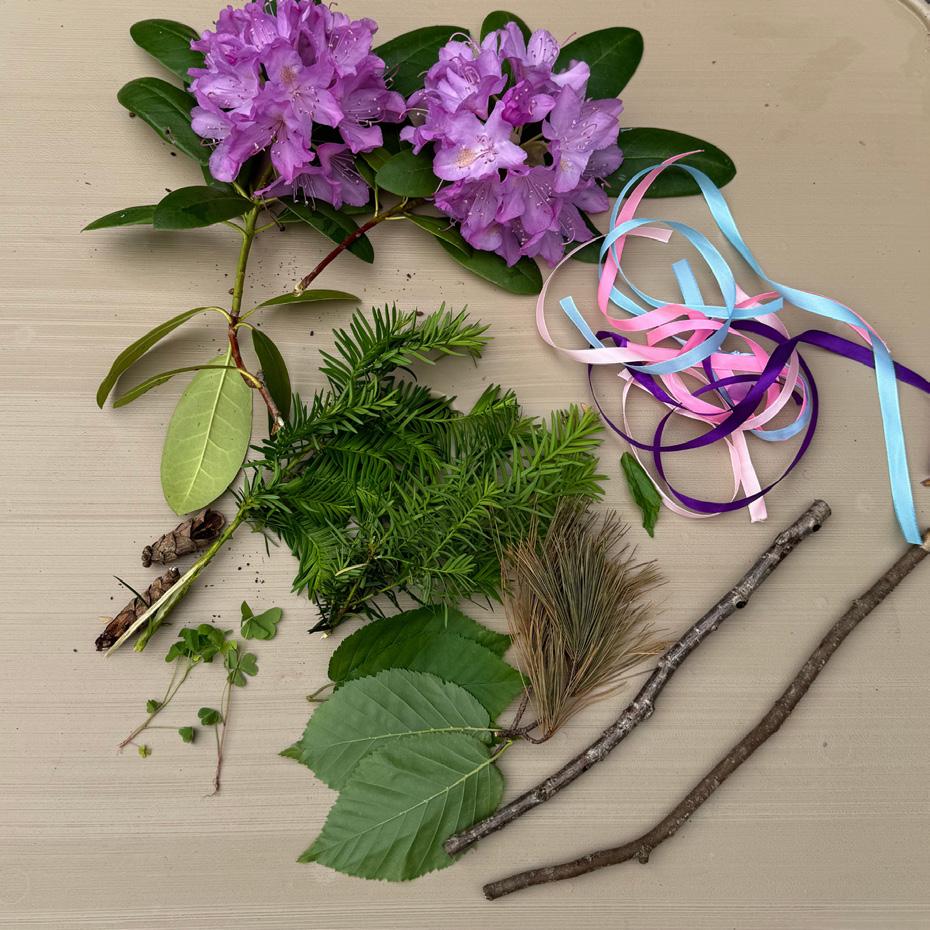
Pretend Play • Prep Time: 5 minutes




Enter into a magical imaginary forest world by making fairy houses with natural materials. Tis activity is a wonderful way to invite children to think about the magical worlds that ofen accompany fairy tales. You can use this activity to talk about the diference between magic and reality, which will be useful when discussing your favorite fairy tales. Or you can talk about how magical nature is, and how reading books set in nature helps us to think about how magical these spaces are, and how we can re-enact our favorite stories with natural materials. As you read with children, we highly encourage you to give them many opportunities to act out scenes from the stories.
Note: Some fairy tales can be a bit scary, so make sure to choose them appropriately.
Materials:
• Natural materials
Optional:
• Flat glass stones
Directions:
1. Collect natural loose parts, as well as optional sparkly materials.
2. Make a fairy house! Include architectural elements (roof, doors, windows) as well as practical elements (food, water, beds) for the fairies.



Children ofen love tiny details and miniatures, such as little jewels, small rocks, or tiny sticks. Searching for tiny things to put in their fairy house invites them to explore a fascinating imaginary world and magic.

Children thrive when they are able to take care of others. Invite them to imagine what a fairy would need to be comfortable, safe, secure, and taken care of. Acknowledge children by saying ‘I love how you are taking care of the fairies by thinking of all their needs!’

Any sort of activity where children are building and creating is great for their spatial learning. Talk about their design and ask them open ended questions about how they built their fairy house. ‘What did you do to make the roof? How did you get that to stand on its own?’
Sensory • Prep Time: 5 minutes




In this activity, we invite you to make teeny tiny mattresses out of sponges to create your own Princess and the Pea play kit, including real frozen peas, which children will love for the sensory aspect of the cold peas.
If children really love this book, check out the activity extension in the Tip here!
Materials:
• Frozen peas
• Fabric squares
• Tape
• Scissors
• Sponge
4. Play with your mattress set! Add frozen peas to a sensory bin or to little bowls. Place a frozen pea at the bottom and invite children to stack the mattresses and retell the story (once they have heard the story a few times). Planning
Directions:
1. Gather plain sponges (no scouring pad), scissors, fabric squares, tape, frozen peas, and whatever doll will be your princess (and other characters in the book if desired).
2. Cut your sponges into thirds.
3. Invite children to help you wrap each sponge in a fabric square, and tape the fabric closed.
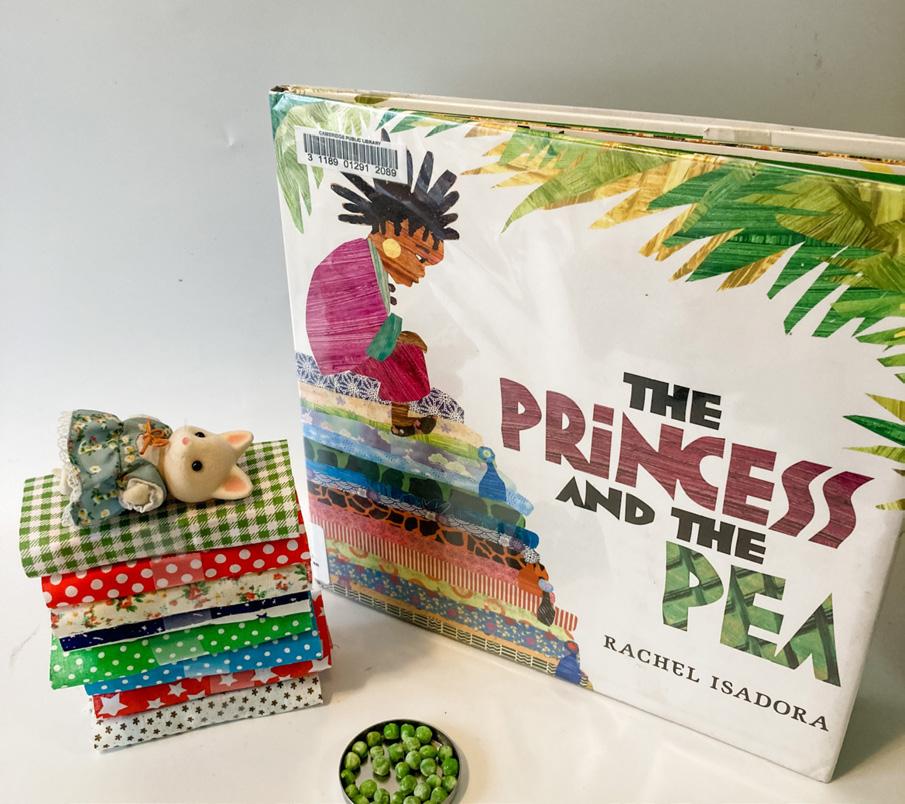
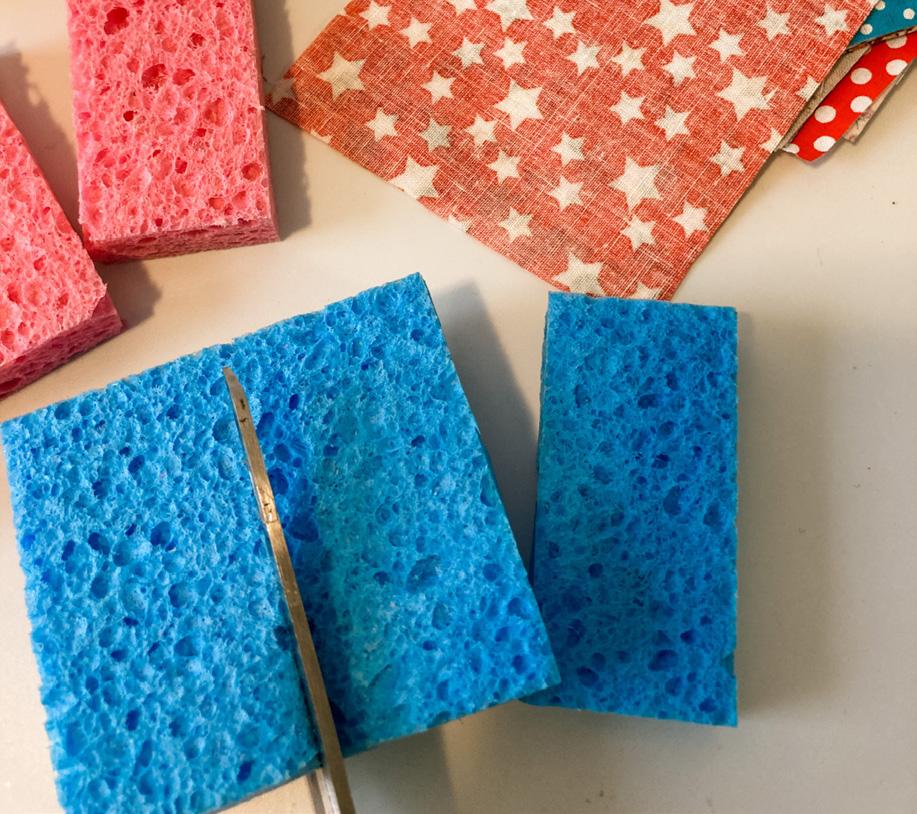

We love making our own play sets with materials you have at home, as it shows children that they can create their own toys and be part of the construction process. Let children help with as much of the process as possible- counting out the sponges, picking which cloth to use, choosing a container to store your toys, picking a place to store them (except the peas!), etc.

It is okay if children need a little help to fold the fabric, but one thing we love about using tape is that it is a great fne motor skill building tool! It invites children to use a little pinching grasp as they pull, tear, and carefully place tape on the fabric. Plus, many children love the sound and texture of crinkly and sticky tape! Just be sure to use tape with a plastic edge and not metal, so that children do not cut themselves.

Tis is a great book for teaching alliteration to preschool aged children. Practice making a “P for princess” sound with children and invite them to brainstorm about foods that start with the letter “P” that we could place under her bed. Would the story be diferent if it were a Princess and other objects that start with a P? In English or Spanish, you can explore objects like potatoes, popsicles, popcorn, or peppers.
Tip: If children like re-enacting this activity, we also invite you to play it yourselves in the house! Find a stack of pillows and place something small and round at the bottom (perhaps not a pea, as you don’t want to squish it on your pillows. You could use a rock, bead, bean, or anything small and hard). Invite children to lie down on top of the stack of pillows and pretend that they can feel the pretend pea underneath.

STEM • Prep Time: 5 minutes

Connections

Patience


Measurement
Tis is a fun science experiment that is surprisingly simple and a fun pairing to this classic fairy tale. It invites you to think about how our tiny bean stalks difer from the giant bean stalk in the story!
Materials:
• Mason jars or clear plastic cups
• Cotton balls
• Dry beans
Directions:
1. Fill a mason jar or clear plastic cup with cotton balls, slide the dry beans underneath the cotton balls, with some against the side of the cup/jar so you can see the progress.
2. Water lightly then place in an area exposed to sunlight.
3. Water lightly every day.
4. In 4-5 days you should see sprouts growing and, in a week, they should create a beanstalk.
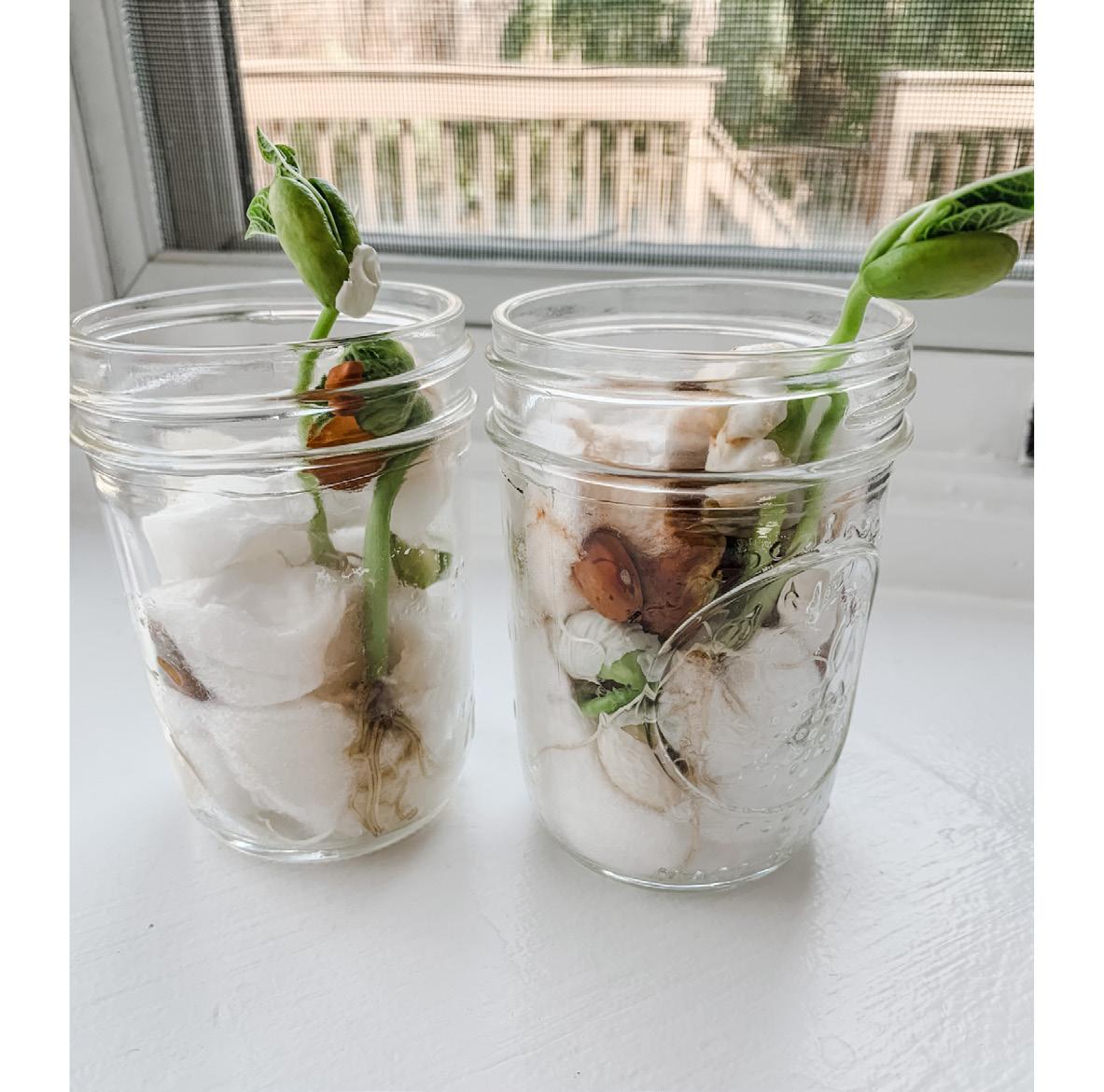
Watch young children carefully to sure they do not put these items in their mouths.


How do they know the plant is growing? What are the frst signs that the bean is changing? What other plants grow? Does this make children think of anything else?

Planting and gardening is a great way to teach children patience! As children are learning to make sense of time, invite them to refect on the amount of time it takes for plants to grow and what it feels like in their bodies to have to wait?

Use a ruler to measure your bean and take time to show children the diferent units of measurement. Or, take a popsicle stick and invite children to make little marks that measure the length of the bean roots.
Movement • Prep Time: 10 minutes




Run, run, as fast as you can! Te Gingerbread Man is a delicious fairy tale that invites us to move our bodies as we run to catch the Gingerbread Man!
We invite you to act out the steps of the story with real materials and then with your bodies! Check out the directions to the Gingerbread Man Chasing Game rules below.
Materials:
• Playdough
• Gingerbread cookie cutters
• Collected natural materials
• Baking sheet
Directions:
First, read the story many times. Ten, act out the steps of the story with real materials. Tis might be a little playdough gingerbread man, a small oven, and even some of the animals in the story (if you have them!).
Gingerbread Man Chasing Game Instructions:
1. Designate children to be the Gingerbread Man and others to be the other characters (the old lady, the old man, the animals, etc.). Everyone can have a turn to be diferent characters if you play the game multiple times.
2. Gather in a circle, and start the story. Mix the playdough together, roll it out, and then decorate the Gingerbread Man. Pretend to place it in an oven and then count down from 5, and then pretend to open the oven. When you open the oven, the children who are the Gingerbread Men run away, and the other characters chase them!



Can children remember the animals from the story and what order they chase the Gingerbread Man? Te order of steps to bake gingerbread cookies? Sequencing is a great cognitive skill that children will need later in school for reading comprehension, but this is a great way to practice it through movement, instead of a more traditional way (such as with a worksheet).

Chasing games are a great way to develop gross motor skills, as children start, stop, change directions and engage in fun big, body play. Some children may not like being chased, others might love it, and others might just run in circles—that’s okay! Enjoy the way that diferent children express themselves through movement.

We invite you to think about what else you could do to learn about this story. Could you bake gingerbread men with children? Perhaps you could read a diferent version of the story, with diferent outcomes, characters, or settings. For example, one of our favorites is “La Tortilla Corredora/Te Runaway Tortilla” by Laura Herrera, that is actually about a tortilla and not a gingerbread man. Or perhaps you can read “ Te Gingerbread Boy” by Richard Egielski, which portrays a gingerbread running through New York City. Reading diferent variations on the same classic is a wonderful way to invite critical thinking as children compare and contrast.
Tip
Basic Basic Playdough but mix cacoa powder in with the dry ingredients and omit the food coloring.
